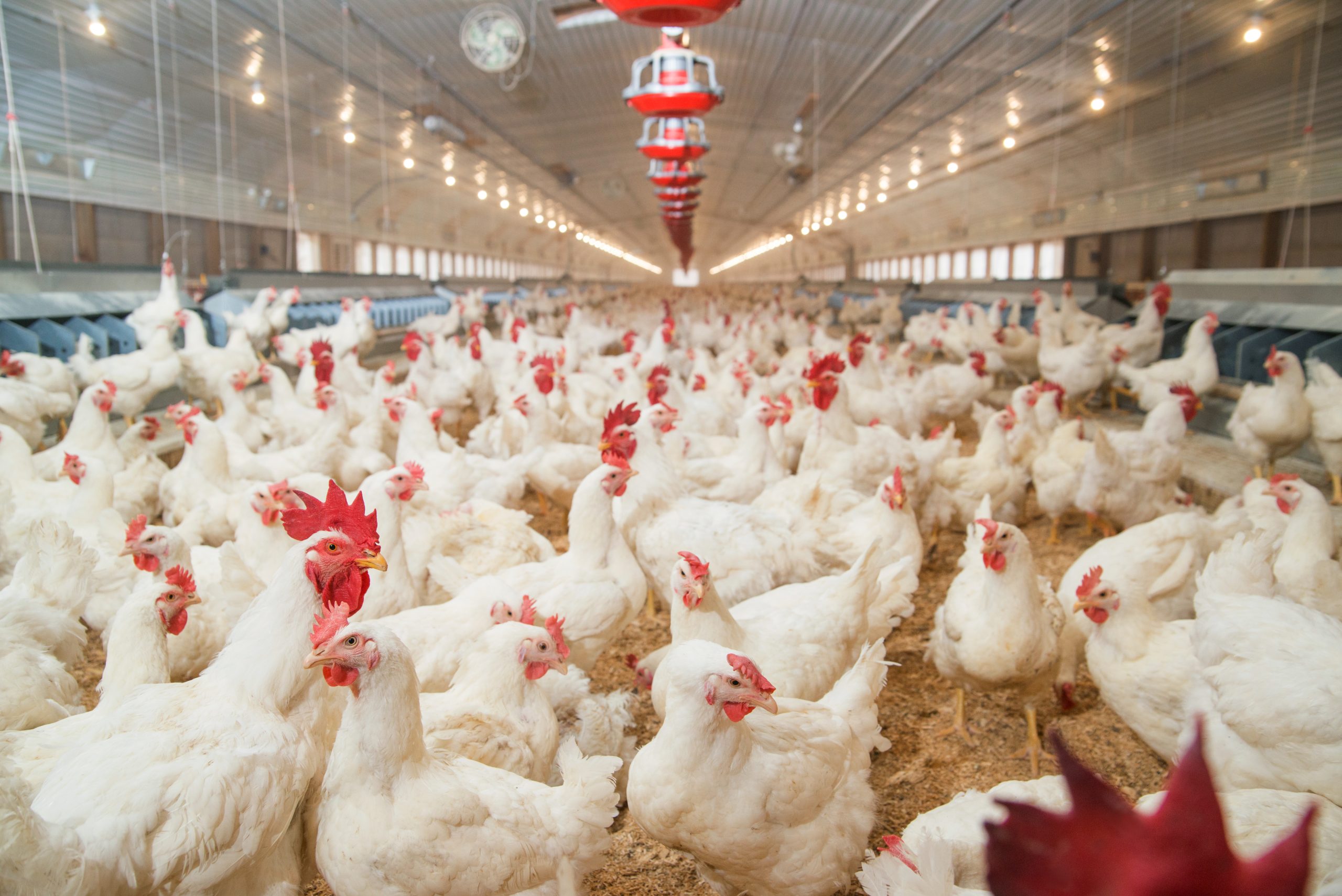
Reproduction and genetics
Management of breeder males for better performance understanding the physiology of males helps design the best management strategies
To read more content about AviNews March 2024
Reproduction and genetics
To read more content about AviNews March 2024
Content available at:
Indonesia (Indonesian) Melayu (Malay) ไทย (Thai) Tiếng Việt (Vietnamese) Philipino
The rearing phase of breeding males is extremely important to achieve good fertility and hatch from males later in production.
In the rearing phase, the male reproductive tract begins developing. Good management will support this development and positively impact reproduction for life. Poor fertility can often be traced back poor management during rearing.
The first 10 weeks of life define the number of sperm producing cells (Sertoli cells) in the rooster.
If males are not in good condition at transfer, production performance may suffer. Developmental delays will decrease total egg numbers and, in some cases, lead to infertile males.
1.In the first 10 weeks, cell proliferation occurs in the testicles.
Over the first 10 weeks of life, sperm producing cells (Sertoli cells) and testosterone secreting cells (Leydig) multiply rapidly. Good management and nutrition are essential during this time.
2.The second phase, from 10 weeks to transfer, cellular proliferation ends and maturation and differentiation of the gondal cells begins.
Cells increase in size and functionality to begin spermatogenesis.
3.In the third phase, transfer to sexual maturity, photostimulation causes an increase in testosterone production that stimulate the formation of sperm.
This is the process that determines sexual maturity.

Considering that the mounting process in birds is extremely physical, it is worth highlighting the importance of the male having the correct body confirmation.
The breast should be V-shaped with more mass on top near the wings. A flesh score between 2.5 and 3.0 is ideal. A male in good condition will have:
Sperm concentration may vary from male to male. The semen should be white and viscous. A watery appearance will indicate low sperm count which translates to low fertilization potential.
Therefore, visual inspection of semen is a useful tool to quickly and non-invasively determine the fertilizing potential of the breeding male.
Egg fertility and hatchability are the first production factors impacted by semen quality. The oocyte requires a number of penetrations by sperm in order to fertilize the egg.
As the bird ages, semen quality decreases. A drop in semen production can be overcome with good weight management and body conditioning, antioxidant supplements (vitamins, fatty acids, and amino acids), and spiking or artificial insemination.
MANAGEMENT
Uniformity in the breeding phase is key.
At transfer, all males should have a V-shaped breast with a flesh score between 2.5 and 3.0. It can be difficult to achieve this level of uniformity, but it will pay off in production.
The amount of feed consumed is also important.
To achieve good uniformity, keep weights as close to standard as possible. The most challenging time will be between 13 and 20 weeks, as puberty begins and uniformity tends to deviate at this point.
At transfer, it is important to assess males for flesh scoring and confirmation. Handle males and assess the confirmation and flesh scoring. Likewise, assess behavior. The birds should be well distributed and no piling or crowding.
When males are transferred to the production house, take special care when handling males. Given testicular development continues through 28 weeks, any stress can impact reproductive function negatively.
Be aware of any males eating from female feeders. Prevent males from eating female feed by having the correct feeding space per bird, the correct feeder height, and even distribution of feed. Males can become overweight very quickly by eating female feed.
8 WEEKS
Among the milestones in the first 8 weeks is good weight gain and development at 7 days. Carry out selection at day 7 and separate them into 3 groups (light, normal, heavy). For birds in light and heavy group, feed them back to standard. By week 4, males should weigh around 690 grams.
12 TO 16 WEEKS
Between week 12 and 16, the weight curve can be adjusted to recover the underweight birds. Gains of 3 to 4 grams per week from 12 weeks on should be expected.
PRODUCTION
Body weight, uniformity and male condition are among the most frequent deviations in production. A good way to help keep these factors at standard is to observe male feeding.
If males are stealing feed from the female feeders, check feeders and ensure the exclusions are correct and not broken. Also check feed distribution and feeding space for males.
SPIKING AND INTRA-SPIKING
From 40 weeks on, there is a natural decrease in male libido. Overweight males may have a decrease in libido earlier than 40 weeks.
Trade out at least 20% of males.
Lower spiking ratios will cause the older males to dominate younger ones. Spike males should be at least 25 weeks and weigh more than 4.1 kg. Intra-spiking can be done every four weeks. Conduct a selection and put males with similar weights in the same pens.